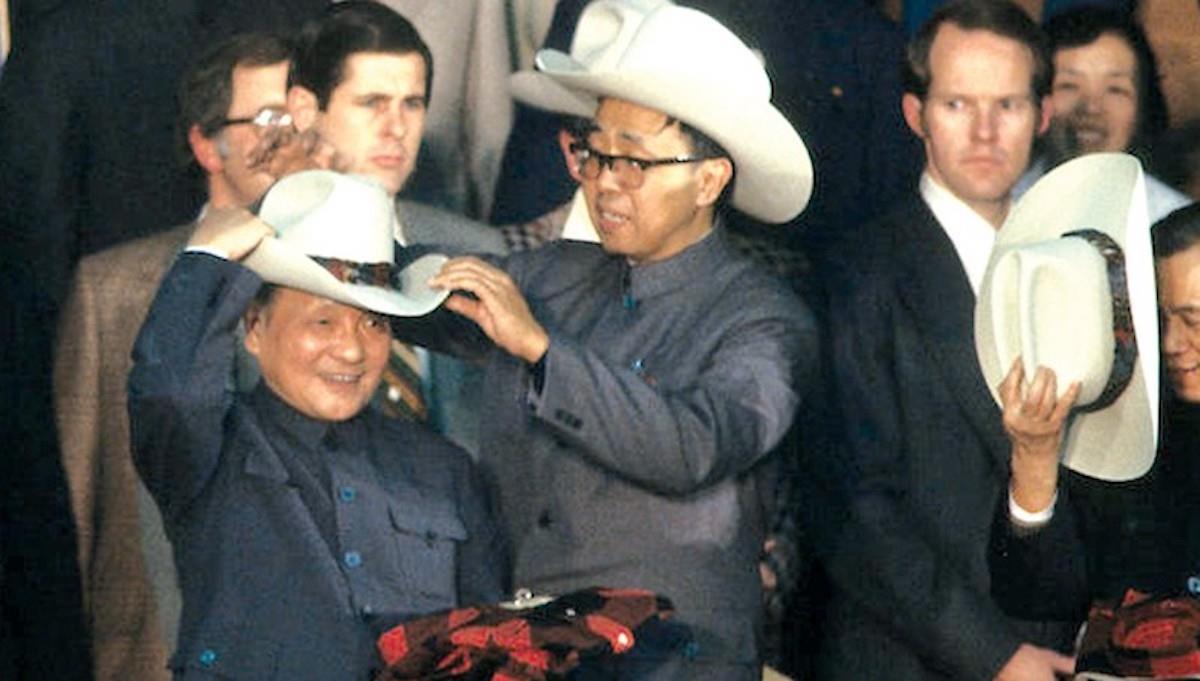(MENAFN- Asia Times) Today, China is in a dramatic predicament for itself and others. What is the grand strategy to use to cope with the world? The big question hangs over the thousands of delegates convened in Beijing for the ritual plenary session of the National People's Congress, the most important Political appointment of the year due to begin on March 5.
The People's Republic of China started in 1949 with the lofty goal of defeating international imperialism and spreading socialism worldwide. When Mao broke up with the Soviet Union in the early 1960s, he started his own international socialist movement supporting Maoist groups in Europe, Africa, and Asia. After he died in 1976, China dropped its internationalist ambitions and went on a different path.
Deng Xiaoping's coming to power was marked by a clear, though ambiguously framed, strategy. He stated that the country should“cross the river by touching the stones” 摸着石头过河. The sense was that China had to modernize, that is, Westernize, that is, Americanize, step by step, being careful about possible mistakes.
It was no accident that Deng put on a cowboy hat on his famous American trip, concretely showing the Chinese and the world what he wanted to do. The walk had to be cautious, one step at a time, feeling stones and avoiding falling in the water, but the general direction was certain.

Deng in cowboy hat. Photo: Literary Hub
The strategy matched and dovetailed with a similar US strategy. In 1980, the US granted China lower export tariffs to America than those given to Japan or South Korea at the time. It allowed technology transfers and encouraged the World Bank to recommend a path for economic reforms.
These concessions had generated a virtuous circle between the two countries. US companies were relocating factories to China, lowering production costs, thus expanding the international market and helping to control inflation. China invested the proceeds in improving its manufacturing base and buying US Treasury bonds, with which the US financed new purchases of Chinese products.
The agreement was based on a definite geopolitical interest: Both countries feared the USSR. As evidence of its commitment against Moscow, Beijing had attacked Vietnam in 1979, thus stopping a possible Vietnamese advance toward Thailand. It had also provided an alternative route to Pakistan in supplying arms to the anti-Soviet Afghan Mujahideen. The alternative was vital because it gave the US leverage to pressure Pakistan, which demanded increasingly high prices for its support of the Mujahideen.
Globalization and Belt & Road
Therefore, the relationship was very structured, geopolitically, militarily and economically. The relationship began to fray with the end of the USSR, which eliminated the common enemy against which to be united. But it still held for years because the US expanded the model of economic integration with China to the whole world, calling it“globalization.”
There was no geopolitical and military collaboration with China or others in the new globalization. It was now considered unnecessary given the American“overpower” of the period. However, American overpower proved to have strategic, military, and economic limits from 2004 to 2009.
After destroying the old authorities in Afghanistan and Iraq, it failed to build a new order in these countries. This was followed by the financial crisis of 2008. Together, the two elements proved to China, touching the stones of its transition to Americanization, that the American model had jammed.
MENAFN04032024000159011032ID1107933886
Legal Disclaimer:
MENAFN provides the information “as is” without warranty of any kind. We do not accept any responsibility or liability for the accuracy, content, images, videos, licenses, completeness, legality, or reliability of the information contained in this article. If you have any complaints or copyright issues related to this article, kindly contact the provider above.